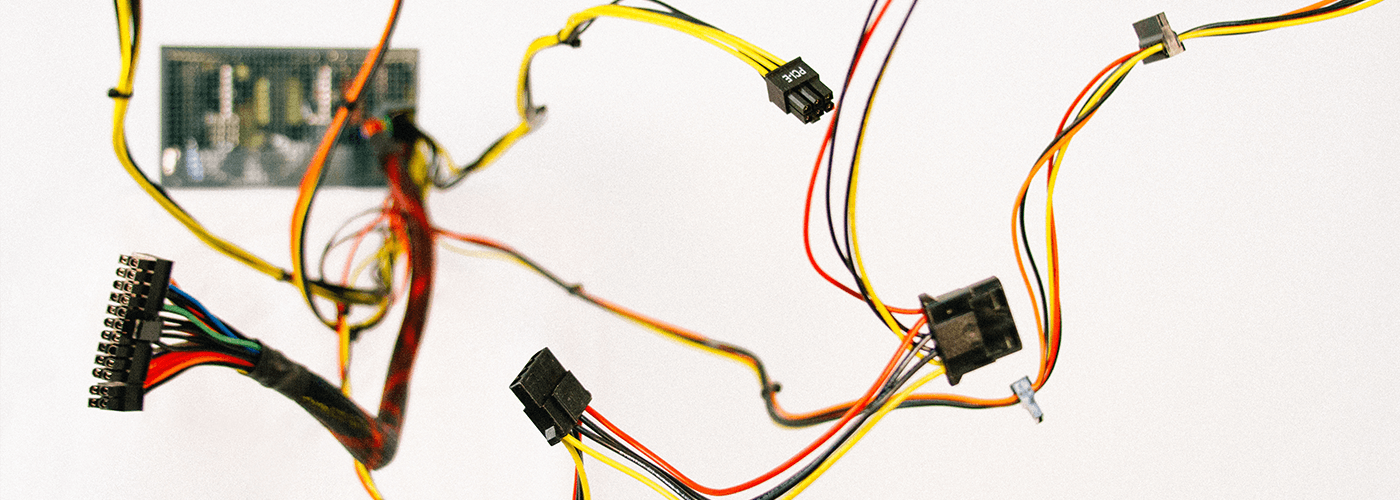Nearly every disruptive technology has made a significant impact, for better or worse, on the way we work. Steam power sparked an industrial revolution that drove our work from fields into cities and factories. Alternating current brought that revolution to our homes and offices, giving us light in the dark. In contrast, today’s wireless communications and power technologies are now untethering our work from physical places altogether.
As these technologies have come and gone, they have often been decried for their tendency to upset the workforce status quo, eliminating specific jobs or unsettling entire industries. Even our folk heroes, like Steel Drivin’ Man John Henry, are not immune to the forward charge of progress.
Disruption is creating opportunities for those with the spirit, willpower, and means to harness change. Tweet This Quote
Out of this creative disruption we find that while some jobs may disappear, they are often replaced with the creation of new, very different, ones. These are jobs created by insightful and intuitive people who see disruption differently. The only change in this perpetual cycle has been to the frequency and scale of this impact. Disruption is occurring faster and leaving deeper scars. But it is also creating greater opportunities for those with the spirit, willpower, and means to harness this change to their advantage.
Unfortunately, recent societal and technological changes have created great disparities in wealth and education, limiting the ability of many to overcome disruptive change. While spirit and willpower generally remain intact, the lack of means to overcome circumstance can present an insurmountable obstacle. As disruptions like automation creep into manufacturing, shipping, travel, software development and a wide array of diverse industries, ever-greater numbers of people will find their livelihoods threatened. While many of us benefit from these advancements, growing segments of our society are finding themselves disadvantaged and disenfranchised.
This side effect of progress presents a curious challenge. Is there a way to encourage technological advancement, promote entrepreneurship and opportunism, and do so while empowering the most vulnerable to share in the benefits?
A Thought Experiment
This was an underlying question embedded within a conversation I shared recently with a friend and entrepreneur who was interested in creating a simple and automated clothing manufacturing process. His intention was to help people in impoverished areas of the world by providing the dignity of clothing options manufactured and designed specifically for these populations. This would replace donated goods, often consisting of other people’s discarded personal items collected by charities and sent as a “gift.”
Can vulnerable individuals become the proprietors of an innovation, not just its beneficiaries? Tweet This Quote
The project we brainstormed intended to make use of new technologies in fabricating simple garments. The clothing would be affordable and accessible for the largest segments of the human population.
In doing so, however, would we risk undermining our cause by eliminating the few available textile jobs found in these regions? Would the people we are looking to help become unwitting victims of the change we are looking to promote? Solving complex challenges often comes with the risk of creating new problems. How might we avoid that fate?
From Disruption to Opportunity
Our conversation took a turn as we discussed similar efforts in the past such as Ready to Use Therapeutic Food (RUTF). In 1999, Dr. Mark Manary conceived an idea to treat malnutrition in Malawi and Sierra Leone. The premise behind his initiative, Project Peanut Butter, was to create an energy dense foodstuff with a long shelf life, which could be served to children and adults alike. It would be fortified with the micronutrients needed to treat and prevent malnutrition and could be reformulated to treat other nutrition-based maladies.
Part of the genius of this idea, which went on to save the lives of nearly one million children in just a few years, was not the formulation of this simple peanut paste product, but rather its implementation. Instead of donating this product to the people of Sierra Leone, they engaged them in the production and distribution.
So unlike similar RUTF efforts in the past, where these products were manufactured and distributed from outside nations, this initiative presented an opportunity to create jobs and instill pride. It gave individuals the power to help heal and nurture themselves and actively participate in a meaningful endeavor. The approach has since been adopted by other nonprofits in the Philippines, Kenya, and Somalia, as well as in Haiti following the devastating earthquake in 2010.
Is there a way to foster technological advancement while empowering the most vulnerable to share in the benefits of disruption? Tweet This Quote
What I loved in this example was seeing how disruptive innovation created opportunity by directly targeting potential consequences. Instead of making a situation worse and decreasing the motivation to self-sufficiently provide food for their families (through reliance on donations), the initiative flipped a consequence into an opportunity – providing new more meaningful vocations. All that was required was the willingness to empower others with ownership of the solution.
This challenges us to ask the question: can vulnerable individuals become the proprietors of an innovation, not just its beneficiaries? Might this approach ultimately help us prevent the collateral damage against the unintentional victims of technological change?
Proactively Shaping Technology
Returning to our initial challenge, we began to ask ourselves what might happen if the manufacture of simple textiles and garments was decentralized, miniaturized, and automated.
Could new jobs be created to replace those lost, or to empower an entirely new segment of a workforce? Would this mean a shift from roles as laborers to roles as designers, retailers or distributors? Would it inspire a new generation of artisans, who have been given the tools to reshape the literal fabric of their culture? Might new, locally unique styles and markets emerge? Could cost and access be reduced enough to displace donation as a means of providing the warmth, dignity, and protection of clothing?
We can do more than simply release transformative ideas into the world, watching to see how they settle out. Tweet This Quote
Our thought experiment remains unproven, but it left us with a new perspective on how we can shape disruptive technology to proactively foster positive change. It requires active participation. We can do more than simply release transformative ideas into the world, watching to see how they settle.
We should purposefully seek opportunities for empowering those most likely to be disrupted, and to help provide them the means to land on the positive side of transformative change.



